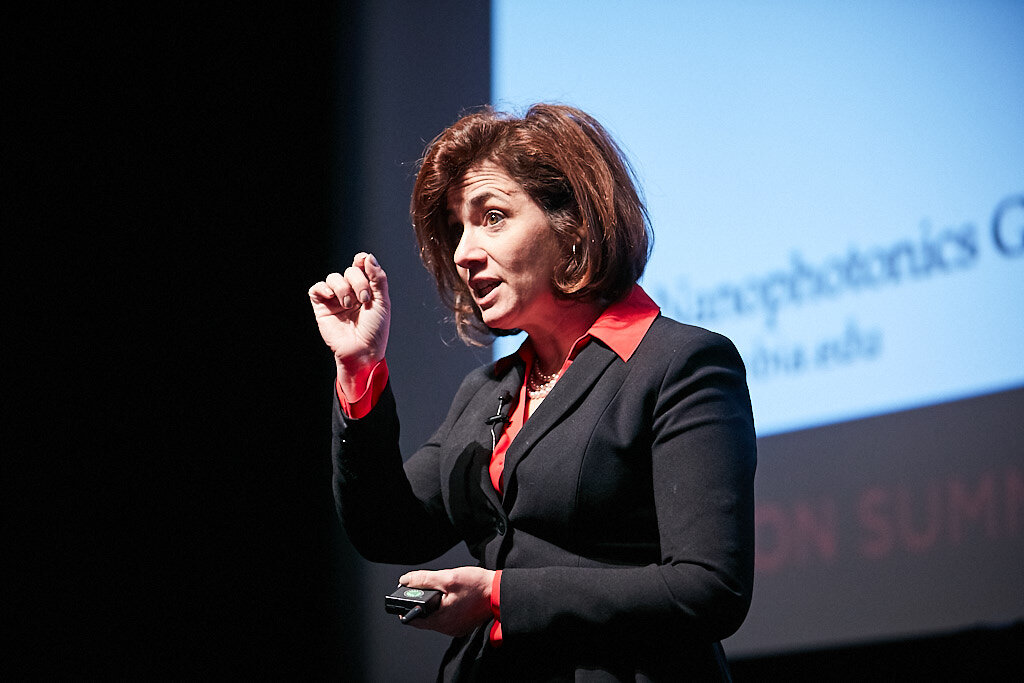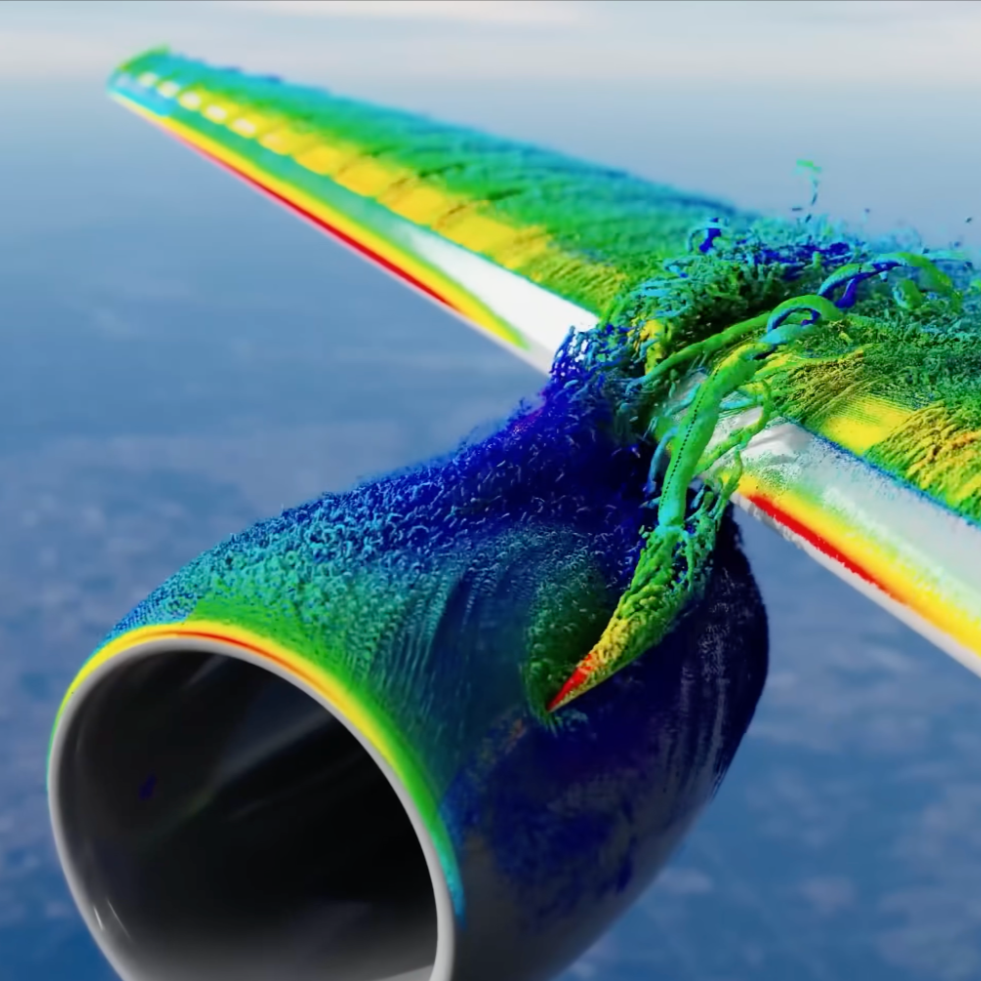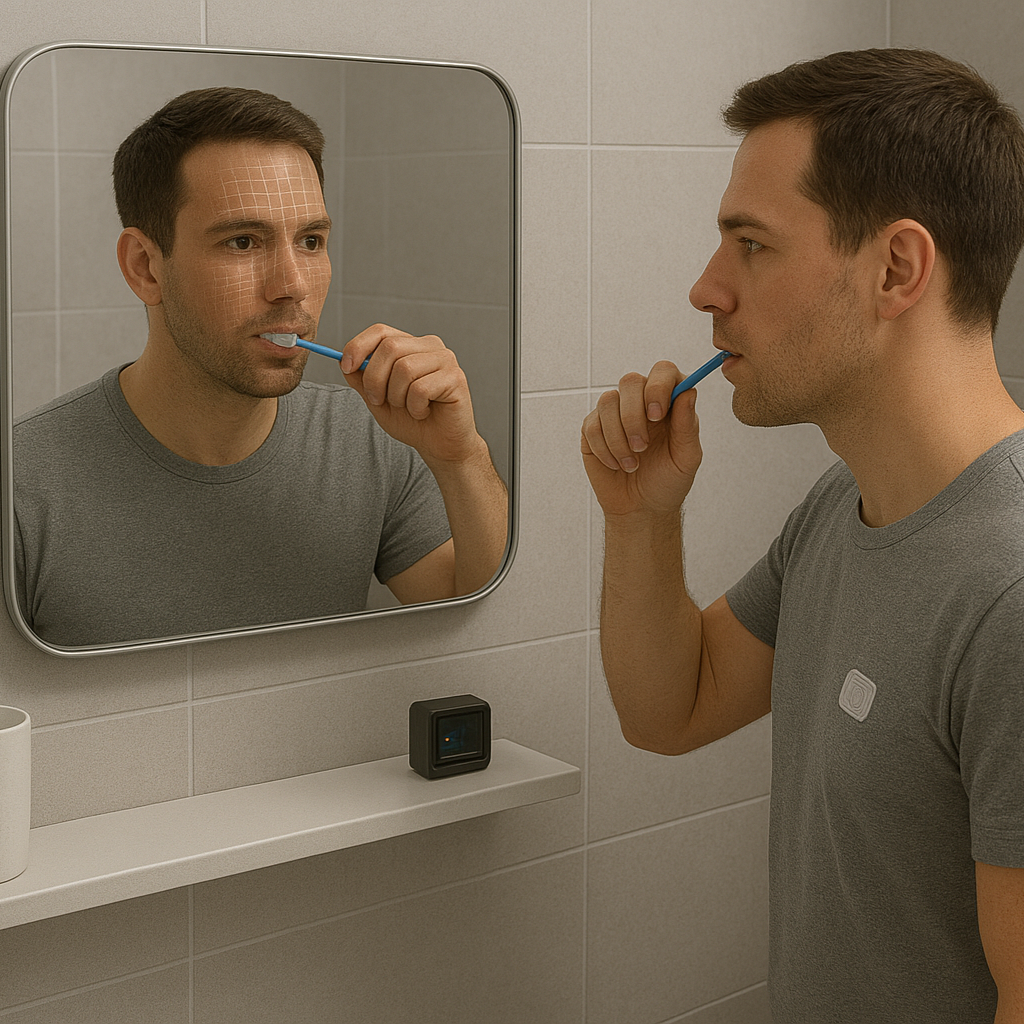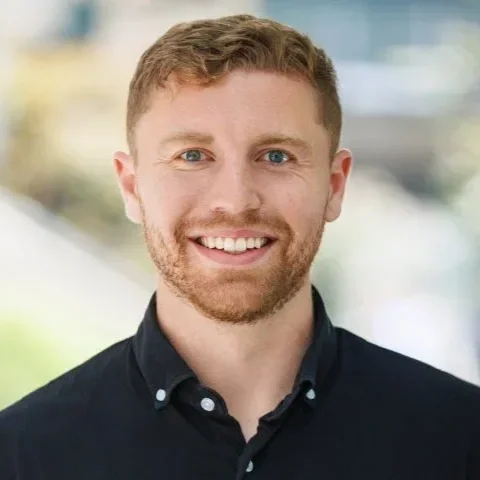Michal Lipson on Silicon Photonics and Its Ability to Enable AI in Our Life
/LDV Capital invests in people building businesses powered by visual technologies. We thrive on collaborating with deep tech teams leveraging computer vision, machine learning, and artificial intelligence to analyze visual data. We are the only venture capital firm with this thesis. We regularly host Vision events – check out when the next one is scheduled.
Our Women Leading Visual Tech series is here to showcase the leading women whose work in visual tech is reshaping business and society.
Our second interview in this series is with Dr. Michal Lipson. She was interviewed by LDV Capital’s Abigail Hunter-Syed. (Note: After five years with LDV Capital, Abby decided to leave LDV to take a corporate role with fewer responsibilities that will allow her to have more time to focus on her young kids during these crazy times.)
Following is an edited version of their discussion and the unedited video can be found below.
Michal Lipson gave a keynote speech titled “Nanophotonics Impact on Our Society” at LDV Vision Summit 2019 © Robert Wright
Michal Lipson is the Eugene Higgins Professor of Electrical Engineering at Columbia University and a member of the National Academy of Science. Her research work is focused on nanophotonics. She pioneered critical building blocks in the field of Silicon Photonics, which today is recognized as one of the most promising directions for solving the major bottlenecks in microelectronics. She was awarded the MacArthur Fellowship and named by Thomson Reuters as a top 1% most highly cited researcher in the field of Physics.
Abby: The first thing that I have to start with is what is it like to be called an official genius? How many times have you used that card on your kids or husband when they're not listening to you?
Michal: A lot. I tell them, "Hey. I'm officially a genius." I think it's very meaningful for women.
Abby: Absolutely. How many women who have been awarded the MacArthur Grant in photonics in particular?
Michal: In photonics, I know of at least one more. We often hear, "Oh, he's a genius!". There are many of these adjectives that usually do not belong to a woman.
Abby: For all the people out there who are tuning in, when you were describing Silicon Photonics to your kids when they were little, how did you tell them what your job was?
Michal: I tell them that I work with optics but I don't use lenses or fibers. I use tiny little electronic chips.
Abby: Silicon Photonics is a critical part of visual technologies for the future and part of our LDV Capital thesis. Essentially, it's everything behind all semiconductors in the way that they work and generating, detecting, and analyzing light.
Michal: Exactly, it's all about light. But now, for example, instead of actually making a lens and then another lens and putting them together and building a set up, you just print your set up, you fabricate thousands of little lenses that are all on a little chip and you massively produce them the same way that the electronics is being produced.
Michal Lipson at LDV Vision Summit 2019 © Robert Wright
Abby: Incredible, and when you're talking about little chips, you're talking about the size of your fingertip?
Michal: Right.
Abby: What made you start to focus on photonics? I know you come from a physics background, so when exactly did your journey into photonics begin?
Michal: Photonics is a wonderful field, it brings together physics and engineering. You need the physics to do the innovations – the real jumps in new ideas, new technologies. You need to make sure that you have those ideas that stay grounded in actual engineering systems that they are based on that. It's a beautiful combination, I have students that are physicists and engineers.
Abby: Could you give an example of one of the bridges that you've had to build between your physics students and your engineering students in order to get to a really interesting outcome?
Michal: All students, no matter what their background is, should be able to conduct the same research. But everybody comes with different ideas. I had an interesting case when a student with a strong physics background was able to come up with ideas that are based on quantum physics, which has nothing to do with optics. Then he joined my group that is much more engineering focused. Gathering from his ideas we were able to engineer a full system, that for example was one of the applications for LiDAR. The same size of the beam is gigantic, much larger than traditional beams that you can build. It was based on an idea that was borrowed from basic quantum physics.
Abby: Very interesting and what would be the applications of something like that? A much wider beam than current?
Michal: Yes. A wider beam is very important because the wider it is the straighter and less diffractive, meaning that you lose less of the light, that's very important for any long range application. For example, you want to beam a light a kilometer away or you want to maybe detect, you want to use that light as your sensor. Or maybe you want to project a light, but you don't want the light to diffract.
Michal Lipson at LDV Vision Summit 2019 © Robert Wright
Abby: What's the current range right now? 1 km away sounds incredibly far, compared to a lot of the applications that we've seen.
Michal: You are right. The range is currently tens of meters and I think one kilometer is not a far fetch.
Abby: It has tons of implications across many industries just on the LiDAR side of things, but also photonics in general. At our last LDV Vision Summit, I heard you talk a little bit about your overview on what the implications would be for many different industries. Over the next decade, what industries will be impacted by silicon photonics?
Michal: Currently, silicon photonics is being introduced in large data centers, such as Amazon and Facebook. There is a huge interest in it right now. Their whole goal is to decrease the power dissipation, the heat that is produced by computing.
Abby: Is it possible that Silicon Photonics will be able to change the way that the actual computers are able to generate heat?
Michal: Absolutely. That's already possible. That alone is an enormous industry. Some other industries that will be changed are LiDAR, autonomous vehicles, even robotics. As Silicon Photonics progresses, we are going to see those systems become miniaturized and introduced into devices like the iPhones, and then the marketing will forget about it. We've discussed sensors, and these are basically 3D sensors.
Abby: Interesting, I think one of the applications that you're talking about is Voyant Photonics, which is one of our portfolio companies that you are an advisor to. It's LiDAR and a chip that we see eventually being on the fingertips of every robot that's out there and in a variety of different uses.
Michal: Yes, you are right. I’m very excited about it.
Abby: As photonics start to take a larger role in computing power, autonomous vehicles, and the different things you mentioned... What do you think will be the biggest implications for humans?
Michal: Eventually, it all trickles down to us. The main reason why you need such powerful and gigantic data centers is due to the explosion of AI. I think photonics will really enable AI in our life. This is LiDAR, but there are also many other things that we're working on, from chemical sensors to the actual computing.
Abby: In general, physics has the reputation of being “a man's world”. Despite building a stellar reputation in your field, have you found that to be the case throughout your career?
Michal: Absolutely. I think physics and engineering in general are absolutely male-dominated. Unfortunately, I don't think there has been much of a change in the 20+ years I’ve been in the industry.
Abby: At the moment, what is the ratio of women to men at your lab?
Michal: It’s about 30% women. It’s easy to see that the field is male-dominated when you look at who the principal investigators are or who are the heads of laboratories.
Michal Lipson at LDV Vision Summit 2019 © Robert Wright
Abby: Do you think that there is something in particular that you've had to overcome in order to earn your role? Something that men who are now in your position haven't had to experience?
Michal: When you start as a woman, you are being looked on with a magnifying glass. If you are doing well, they will say, "She is fantastic." If it's not great, but objectively not that bad, they may say, "Told you." It’s very exaggerated. I felt that the solution was to aim way above the bar, so that there are no questions regarding your placement.
Abby: I saw a “cartoon” the other day, it was about six people – 3 men and 3 women – on a track to career success. The men's track was basically all open, maybe with one hurdle or two. The women's track had about 12 different hurdles, including laundry, and kids, and cooking, and all of these other aspects of life on top of their career
Michal: Men were in physics and engineering first so they determined the rules and now we are trying to adjust them. We will probably change them eventually but the current rules of society and of science in general make it hard for us to work. It’s impossible to be a top scientist and then go home, do laundry and take care of the kids. The conceptions that these are roles that meant for women need to change.
Abby: Besides being a stellar scientist and award-winning professor, you're also an entrepreneur. You founded PicoLuz and you're the advisor to several startups, including Voyant. How did you decide to make the jump from academia to entrepreneurism?
Michal: In academia, we develop something amazing but then ask, “But what is it good for?” With Silicon Photonics, the industry really needed and wanted it, so we had a goal to work towards. It was a natural transition. We were able to come up with different solutions, which encouraged the industry to develop. When they saw what we could make possible, they asked us to do more. Letting others learn was part of the fun, and a majority of it was initiated by students. They wanted to experiment, and we said, “Yeah, let’s do that.”
Abby: That's great that you have the ability to support them as they want to go about commercializing an aspect of what they've been working on with you. Especially if it is such a problem solver for so many aspects of industry. Have you seen “Facebooks” and “Googles” scooping up a lot of your students in order to do these data centers like you're talking about?
Michal: A lot. I keep getting emails in which companies ask for students to come and do internships. The industry representatives are coming, and offering to just visit for a day, and that's great.
Abby: What's the largest challenge that you've faced as part of a startup?
Michal: I never actually left my job in academia and went full-time to a startup but I was heavily involved in all the steps. The recent challenge that's fresh in my mind was with Voyant. I think setting it up so that we can have the shortest path to commercialization but the highest impact is always a balance. Silicon photonics can do a lot but it does take time to develop it and that's a balance that we are always looking for.
Abby: It's always important to figure out what are the bites you can chew.
Before we sign off, if you were going to give one sentence of advice to yourself as a 12 year old girl, who's getting to embark on a career in the world of physics and photonics, what advice would you give her?
Michal: I have a laundry list of advice so let me try to pick one or two. Perhaps the most important advice that I got was to be courageous. It's much more scary not to go with the crowd, but it's okay. The second piece of advice is: claim your success without relying on politics. The more objective metrics your topic has, the easier it is for you to claim your stake. Choose those high stakes that are quantitative so that no one can argue with that.
Abby: I appreciate you taking the time to share some of your advice and some of your stories about your career successes with us. I look forward to talking to you again very soon.
Watch the full version of this interview below:
We can’t wait to introduce our next guest in the Women Leading Visual Tech series! Stay tuned.














